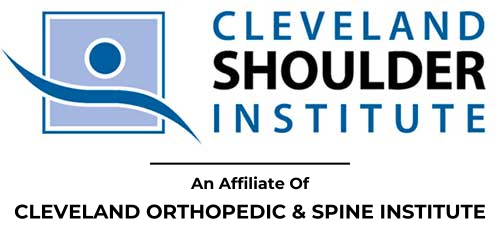Reverse Total Shoulder Replacement Surgery
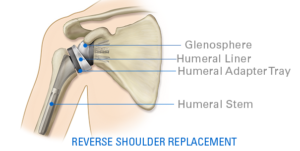 The reverse total shoulder replacement is recommended for patients with one or more of the following:
The reverse total shoulder replacement is recommended for patients with one or more of the following:
- Painful rotator cuff tear arthropathy in older patient
- Failed fracture repair with loss of rotator cuff in older patient
- Failed prior shoulder replacement surgery
The reverse total shoulder replacement changes the orientation of the shoulder so that the normal socket (glenoid) now is replaced with an artificial ball, and the normal ball (humeral head) is replaced with an implant that has a socket into which the artificial ball rests. This type of design completely changes the mechanics of the shoulder and enables the artificial joint to function when the rotator cuff is either absent or when there is significant bone loss.
The benefit of the reversal of the shoulder joint is that it allows the deltoid muscle to lift the shoulder instead of the rotator cuff, which cannot lift due to irreparable tear. Reversing the ball and socket changes the mechanics of the shoulder to improve active range of motion and strength. The result is that the patient can raise his/her arm higher and even sometimes overhead. Download more surgical details.
Studying our Patients Progress After Reverse Total Shoulder Surgery
Dr. Gobezie is passionate about closely following his patients’ outcomes to surgery. Not all surgeons take the time to do this. Before surgery, we ask all our patients to complete a standardized questionnaire about their shoulder. We continue to follow each patient’s improvement at certain time points after surgery. Pairing these standardized surveys with follow-up visits gives our practice a concrete way to measure our patients’ outcomes.
What do our results mean?
The data we have studied from patients we have treated at the Gobezie Shoulder Institute shows above-average patient-reported outcomes in regards to pain and function. Published studies have indicated that the more times a surgeon performs a surgery, the better the patient outcomes. Additionally, high volume surgeons are able to provide value-based care, that is better outcomes over cost. Dr. Gobezie is not only a top performing surgeon in Ohio but also one of the most experienced and efficient in the country. Each year, he performs more than 350 shoulder replacements and more than 400 arthroscopic shoulder procedures.
Patient Outcomes – Reverse Total Shoulder Arthroplasty
The three graphs below represent the outcome of Gobezie Shoulder Institute patients after reverse total shoulder arthroplasty. Their pain averages 6 prior to surgery and decreases to an average of 2 out of 10 after surgery. Prior to surgery, patients rate their shoulder on average at 31% of normal. After surgery, they rate their shoulder at about 73% of normal. Similarly, the ASES pain and function score improve from 34 to 77.
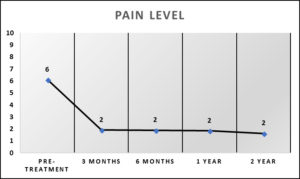
Pain scores indicate the patients level of pain from pre-surgery to two years after surgery.
All graphs show marked improvement in pain and function in the first 3 months after surgery.
These outcomes continue to improve through one and two-years post-surgery.
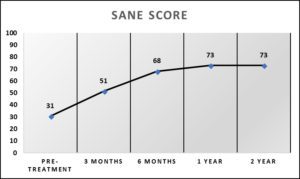
The SANE score represents how a patient rates his shoulder as a percentage of normal, 0% to 100% with 100% being normal.
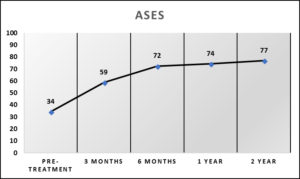
The ASES score is a standard shoulder assessment that measures pain
and functional limitations of daily activities on a 100-point scale.
A maximum ASES score of 100 indicates minimal shoulder pain and maximal shoulder function.
